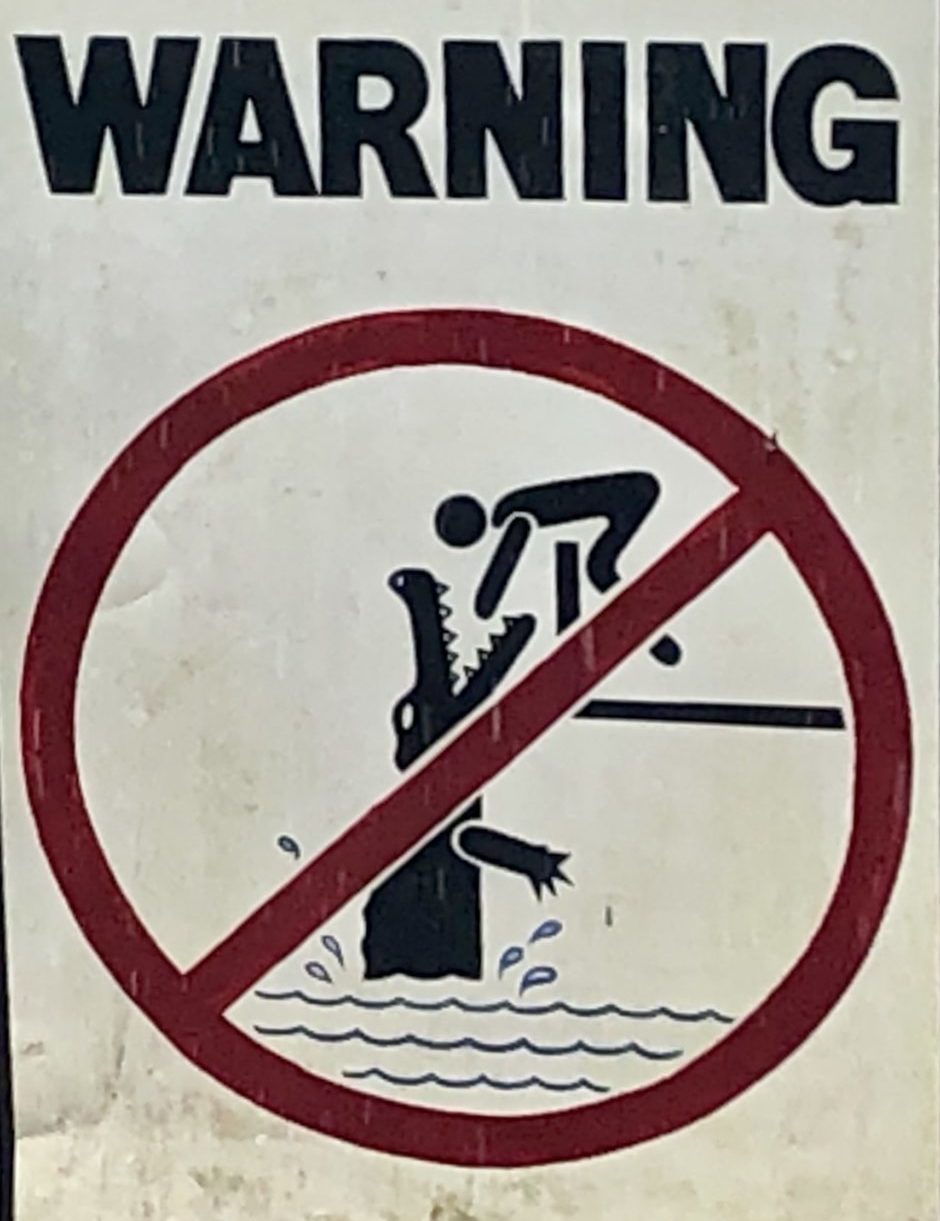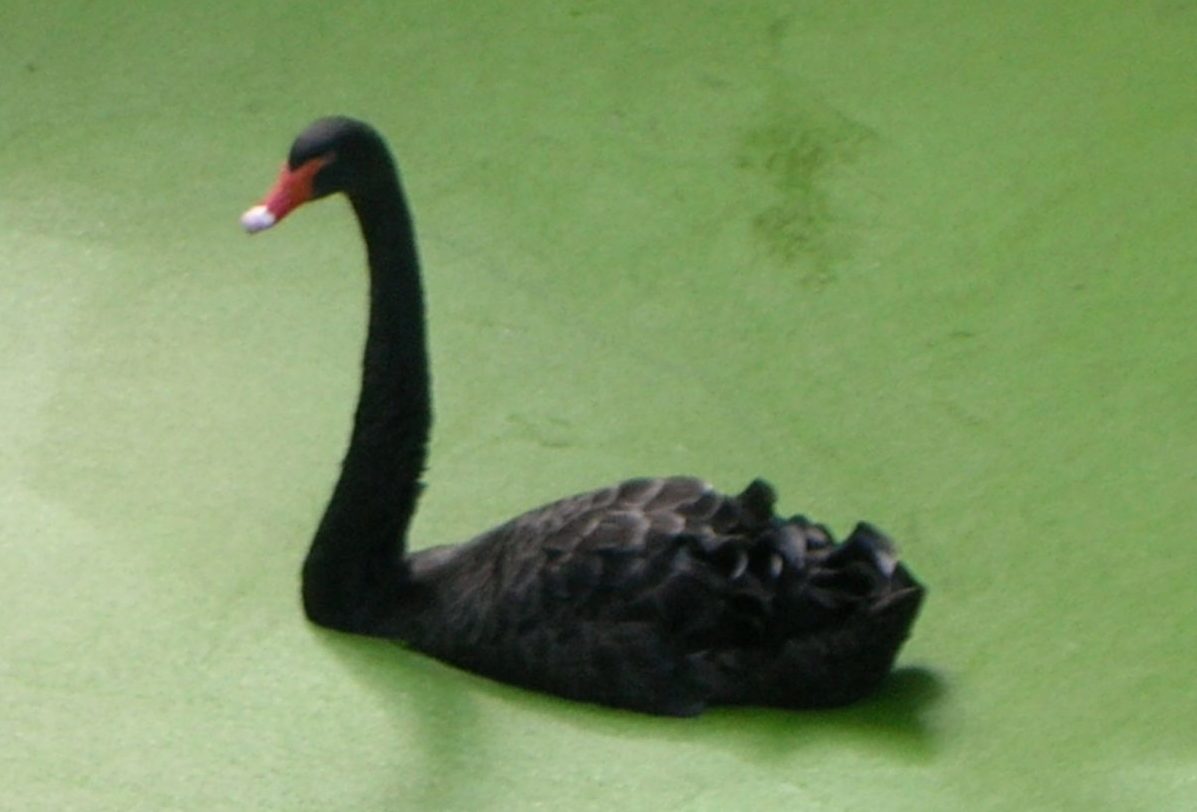The isolation of both Australia and New Zealand has worked Darwinian magic on the flora and fauna of both. The prevalence of species found only in these places is astonishing.

Australia, as mentioned above, has seen the full gamut of creatures, large and small, since the beginning of time. There is a host of curious creatures found nowhere else that have contributed to the cultural and promotional identity of Australia. You are certainly aware of koalas and kangaroos, wallabies and wombats. Don’t forget the duck-billed platypus! Fans of the late Steve Irwin are familiar with the particularly nasty crocodiles and snakes found in the far reaches of the continent. (Field Guide to Mammals of Australia)
There are also indigenous birds for Australia, including the Cassowary, the kookaburra, and the emu. The Rainbow Lorikeet is one of the most beautiful birds I have ever seen. There were a pair in a tree right by the restaurants of the Sydney’s busy Circular Quay, not ten feet from our table. You’ll want a guide you can stick in a pocket: The Slater Field Guide to Australian Birds: Second Edition. For a delightful journal of everyday life with the birds of the Melbourne area, see Flying Over the Rainbow: Living in Australia – The Bird-Lover’s Paradise
.

The Aussies will tell you that there are more things in Australia that want to kill you than anywhere else. I have to admit, when I saw hundreds of bats in big city parks with three-foot wingspans, I was a little unnerved. However, I knew when I visited Darwin that I would want to see their famous crocodiles. This is a trip you will long remember. Make sure to count your fingers and toes when you leave!
While the Outback and the Great Barrier Reef get all the attention, the Daintree Rainforest in the Blue Mountains of the East Coast has its own treasures. Butterflies are stunning with vibrant colors and dazzling patterns reminiscent of those found in the South American tropical jungles.
You’ll also find fascinating things to eat, as long as you can tell them from the things you definitely should not eat. Trust the locals to teach you the difference. We thank our hosts, Alan and Susan Carle of the Botanical Ark near Cairns, for our lesson in preparing wild edible fruits and vegetables.

In New Zealand, the birds are astonishing in their variety and wonderful colors. The only predator left in New Zealand is man. The only other known candidate, Haast’s Eagle, must have been a frightfully impressive beast. With a ten-foot wingspan, there are legends of it carrying off small children. Of course, that story may have been a child-management stratagem. But there is a village whose Maori name translates to “Where the big bird carried off the child”.
The Maori hunted the enormous Moa to extinction. It was a cousin of the emu and the ostrich, only much larger. However, the islands remain a bastion of flightless birds, including the Kiwi which has been adopted as the symbol for the nation. There are several others that are a lot more colorful, like the Takehe and the Pukeko.

Due to its proximity to Antarctica, New Zealand has a major Polar research facility in Christchurch. Off the shores of the South Island, there are six species of penguins, including the dapper Erect-Crested and Rockhopper penguins. You will want a pocket guide here, as well. Consider the Hand Guide to the Birds of New Zealand and/or Where to Watch Birds in New Zealand
.
There are flocks of migratory wild black swans resting just offshore of the North Island beaches. The soaring majestic albatrosses near the Dunedin colonies are a bucket list item for birders. You’ll have rare, playful Hector’s Dolphins right alongside your boat off Akaroa almost as soon as you clear the bay. That’s when you acquire a protective appreciation for this very special natural setting. As all habitats do, it has seen change and it has its challenges. (Flight of the Huia: Ecology and conservaton of New Zealand’s Frogs, Reptiles, Birds and Mammals) Enjoying these natural wonders will be a big part of your trip.




